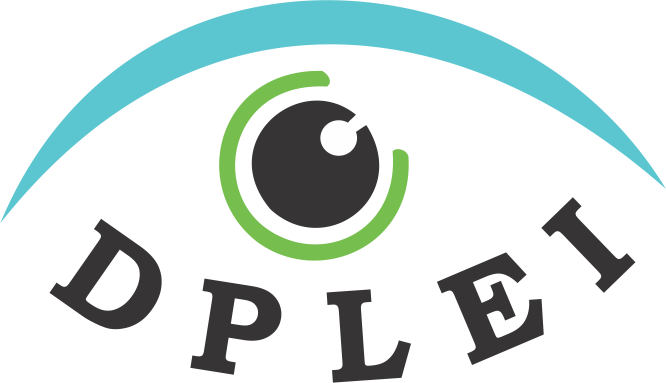Eye Care Services
For more information on LASIK eye surgery and lasik eye surgery cost or to book an appointment with LASIK eye surgery doctors,
WHAT IS Squint ?
Squint – HOW IT WORKS, RISKS, RECOVERY
Squint Treatment in Adults Squint (Strabismus) is a disorder in which the two eyes do not line up in the same direction, and therefore do not look at the same object at the same time. The condition is more commonly known as “crossed eyes.”  Causes
Causes
Six different muscles surround each eye and work “as a team” so that both eyes can focus on the same object.
In someone with strabismus, these muscles do not work together. As a result, one eye looks at one object, while the other eye turns in a different direction and is focused on another object.
When this occurs, two different images are sent to the brain — one from each eye. This confuses the brain. In children, the brain may learn to ignore the image from the weaker eye.
If the strabismus is not treated, the eye that the brain ignores will never see well. This loss of vision is called amblyopia. Another name for amblyopia is “lazy eye.” Sometimes amblyopia is present first, and it causes strabismus.
In most children with strabismus, the cause is unknown. In more than half of these cases, the problem is present at or shortly after birth. This is called congenital strabismus.
Most of the time, the problem has to do with muscle control, and not with muscle strength.
Other disorders associated with strabismus in children include:
- Apert syndrome
- Cerebral palsy
- Congenital rubella
- Hemangioma near the eye during infancy
- Incontinentia pigmenti syndrome
- Noonan syndrome
- Prader-Willi syndrome
- Retinopathy of prematurity
- Retinoblastoma
- Traumatic brain injury
- Trisomy 18
Strabismus that develops in adults can be caused by:
- Botulism
- Diabetes (causes a condition known as acquired paralytic strabismus)
- Guillain-Barre syndrome
- Injury to the eye
- Shellfish poisoning
- Stroke
- Traumatic brain injury
- Vision loss from any eye disease or injury
A family history of strabismus is a risk factor. Farsightedness may be a contributing factor, especially in children. Any other disease that causes vision loss may also cause strabismus.
Symptoms of strabismus may be present all the time, or may come and go. Symptoms can include:
- Crossed eyes
- Double vision
- Eyes that do not align in the same direction
- Uncoordinated eye movements (eyes do not move together)
- Vision or depth perception loss
It’s important to note that because children can develop amblyopia so quickly, they may never have double vision.
A physical examination will include a detailed examination of the eyes. Tests will be done to determine how much the eyes are out of alignment.
Eye tests include:
- Corneal light reflex
- Cover/uncover test
- Retinal exam
- Standard ophthalmic exam
- Visual acuity
A brain and nervous system (neurological) examination will also be performed.
Treatment
The first step in treating strabismus in children is to prescribe glasses, if needed. Amblyopia or lazy eye must be treated first. A patch is placed over the better eye. This forces the weaker eye to work harder. Your child may not like wearing a patch or eyeglasses. A patch forces the child to see through the weaker eye at first. However, it is very important to use the patch or eyeglasses as directed. If the eyes still do not move correctly, eye muscle surgery may be needed. Different muscles in the eye will be made stronger or weaker.
Eye muscle repair surgery does not fix the poor vision of a lazy eye. A child may have to wear glasses after surgery. In general, the younger a child is when the surgery is done, the better the result. Adults with mild strabismus that comes and goes may do well with glasses and eye muscle exercises to help keep the eyes straight. More severe forms of adult strabismus will need surgery to straighten the eyes. If strabismus has occurred because of vision loss, the vision loss will need to be corrected before strabismus surgery can be successful.
Prognosis
After surgery, the eyes may look straight but vision problems can remain.
The child may still have reading problems in school, and for adults driving may be more difficult. Vision may affect the ability to play sports. With early diagnosis and treatment, the problem can usually be corrected. Delayed treatment may lead to permanent vision loss in one eye. About one-third of children with strabismus will develop amblyopia. Because many children will get strabismus or amblyopia again, they need to be monitored closely.
Strabismus requires prompt medical evaluation. Call for an appointment with your health care provider or eye doctor if your child:
• Appears to be cross-eyed
• Complains of double vision
• Has difficulty seeing
Note: Learning difficulties or problems at school can sometimes be due to a child’s inability to see the blackboard or reading material.
For more information see www.childeyespecialist.com
Crossed eyes; Esotropia; Exotropia; Hypotropia; Hypertropia; Squint; Misalignment of the eyes
